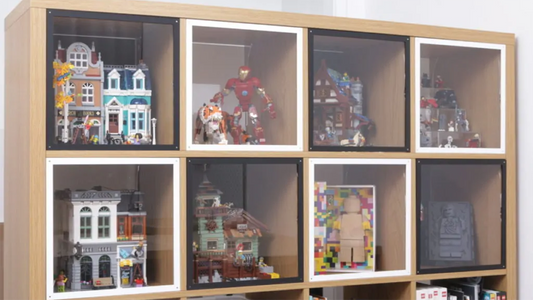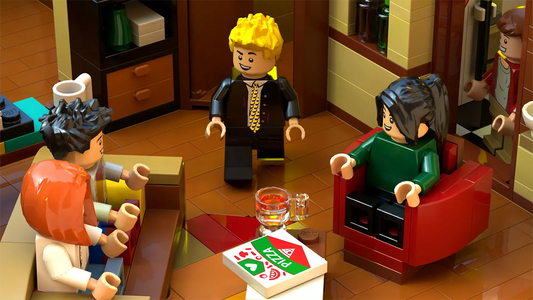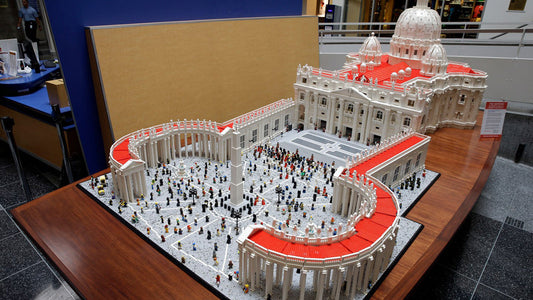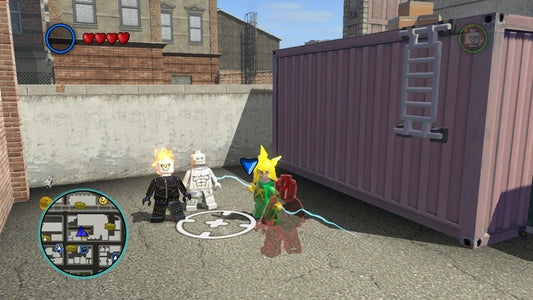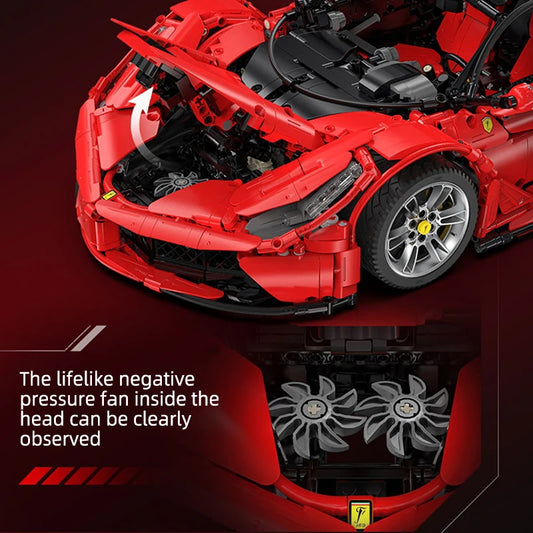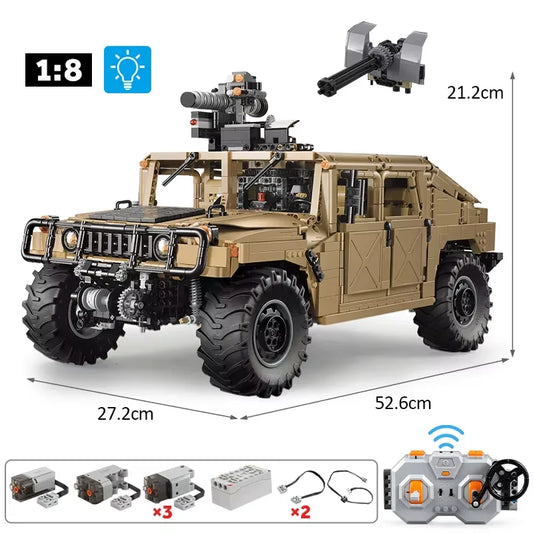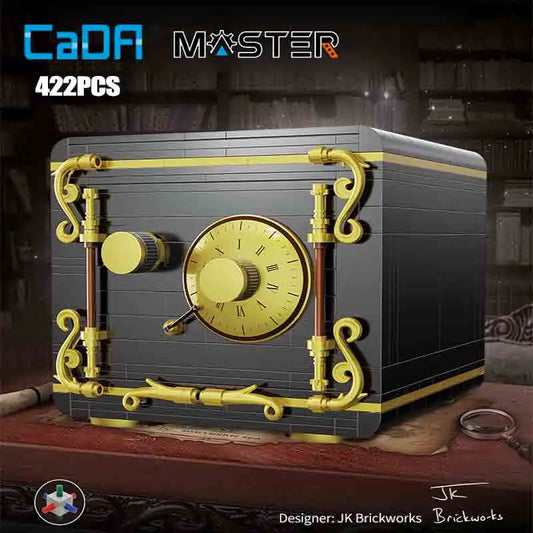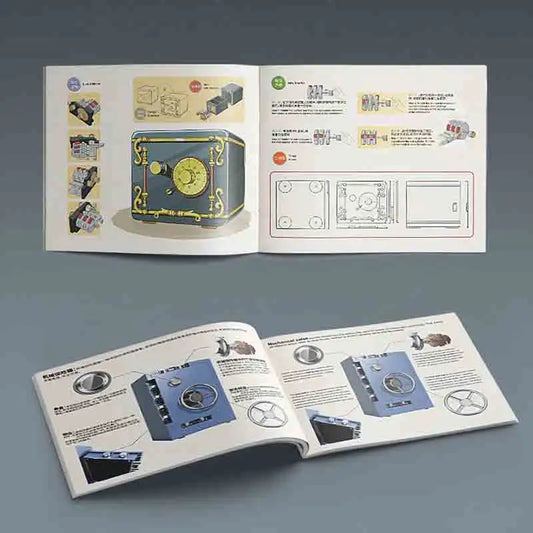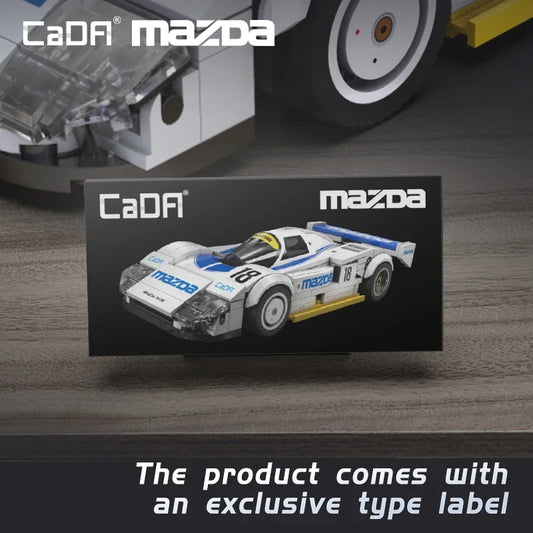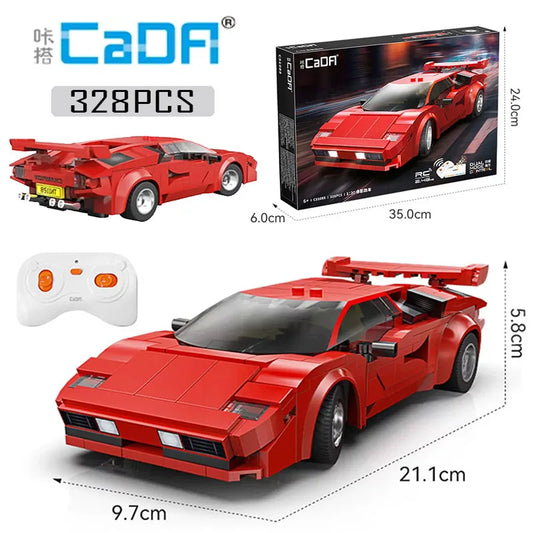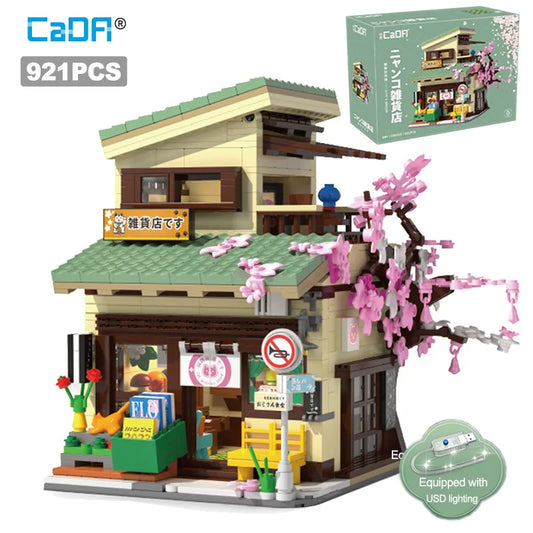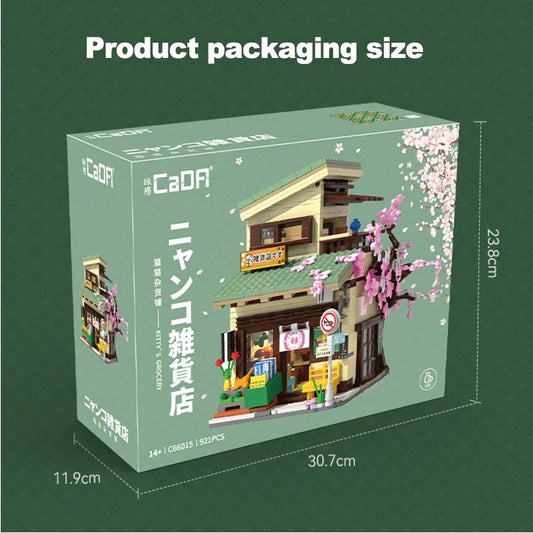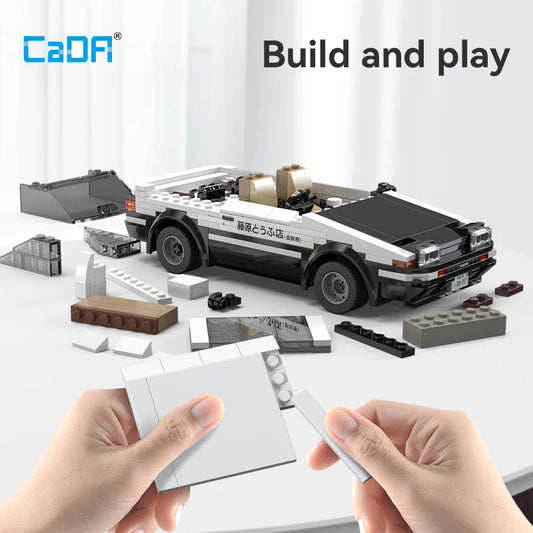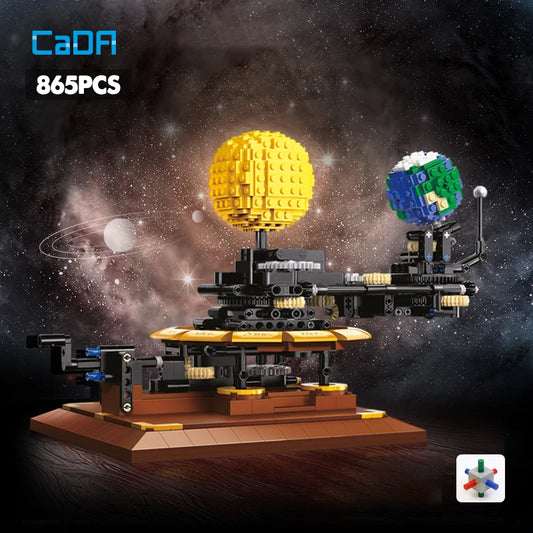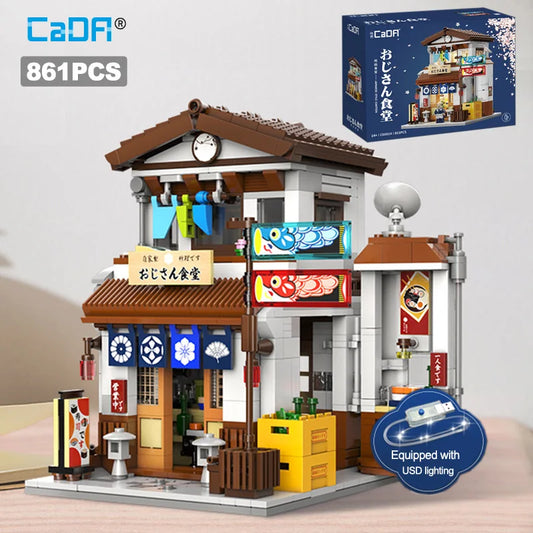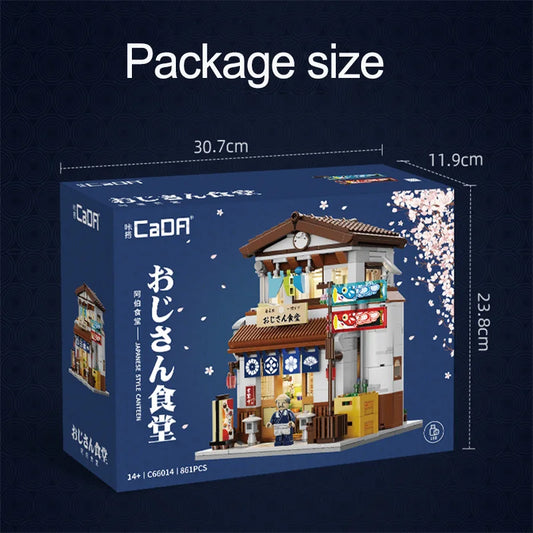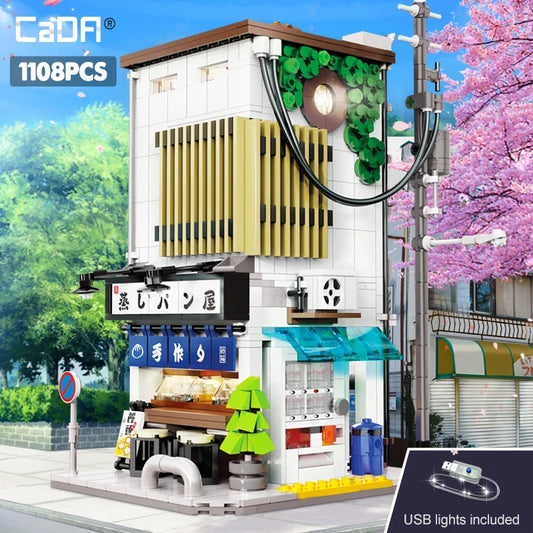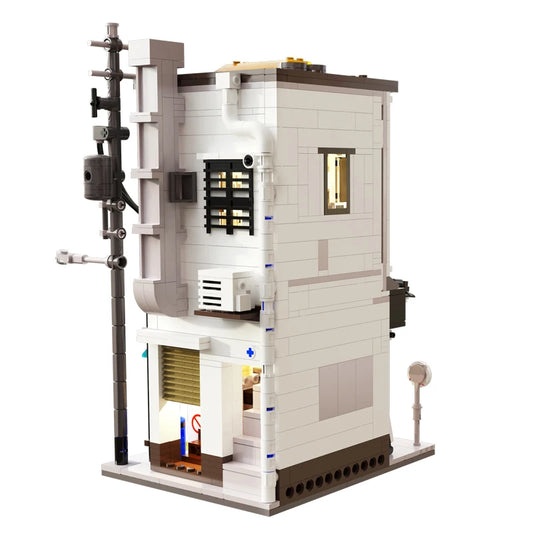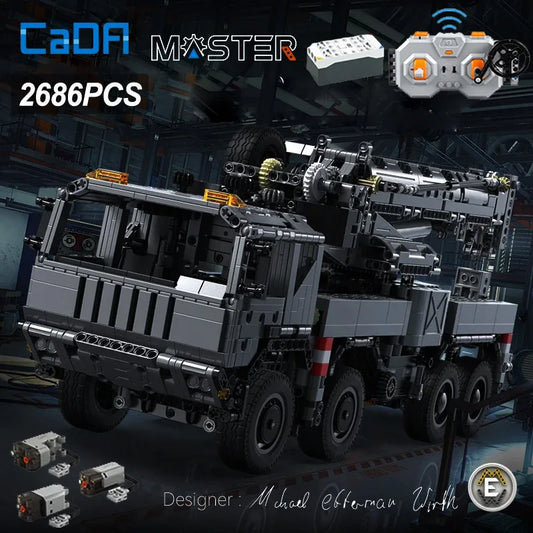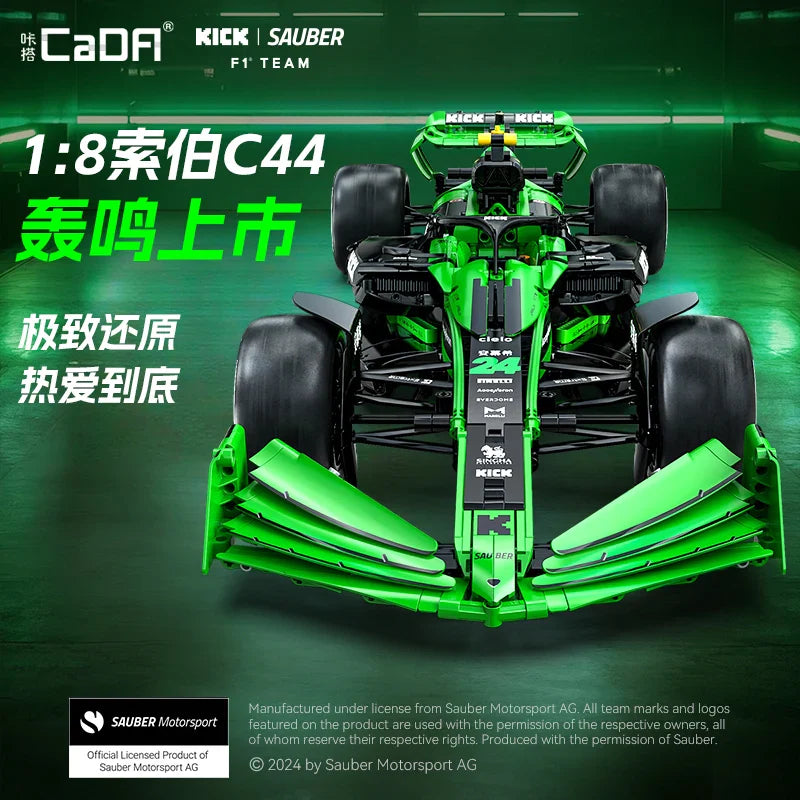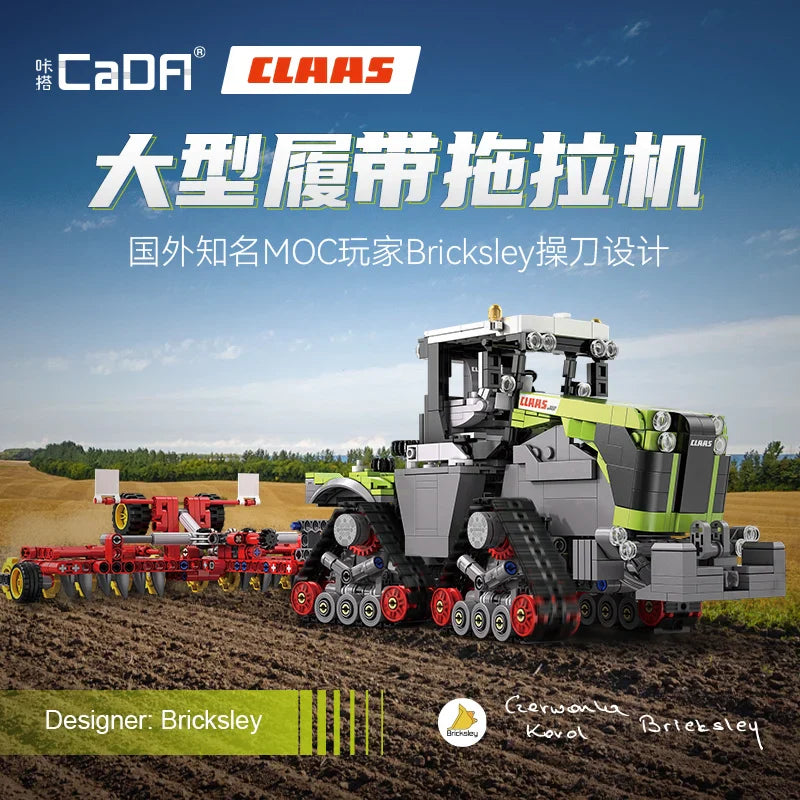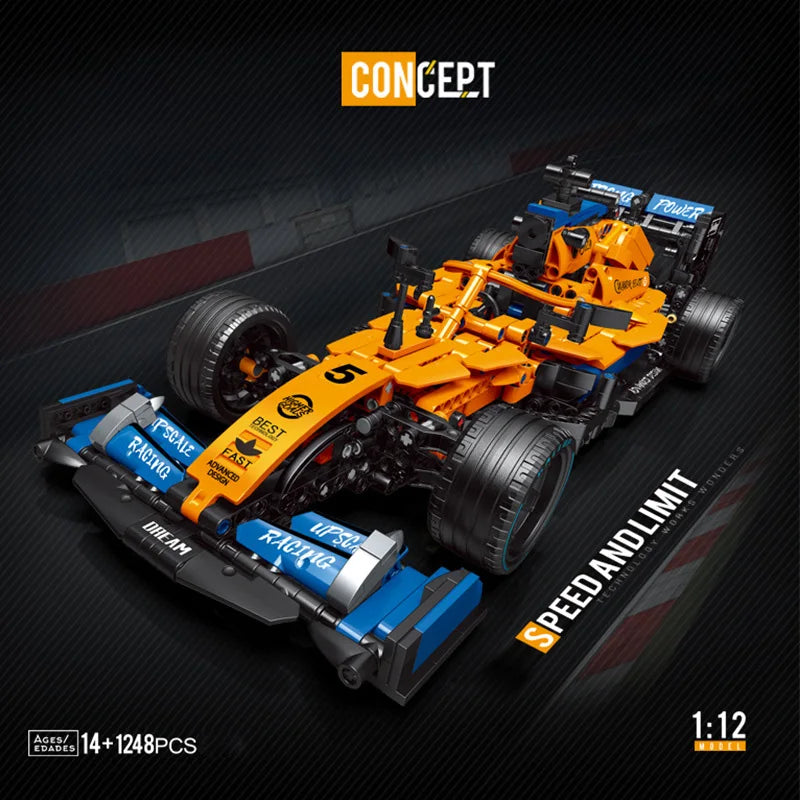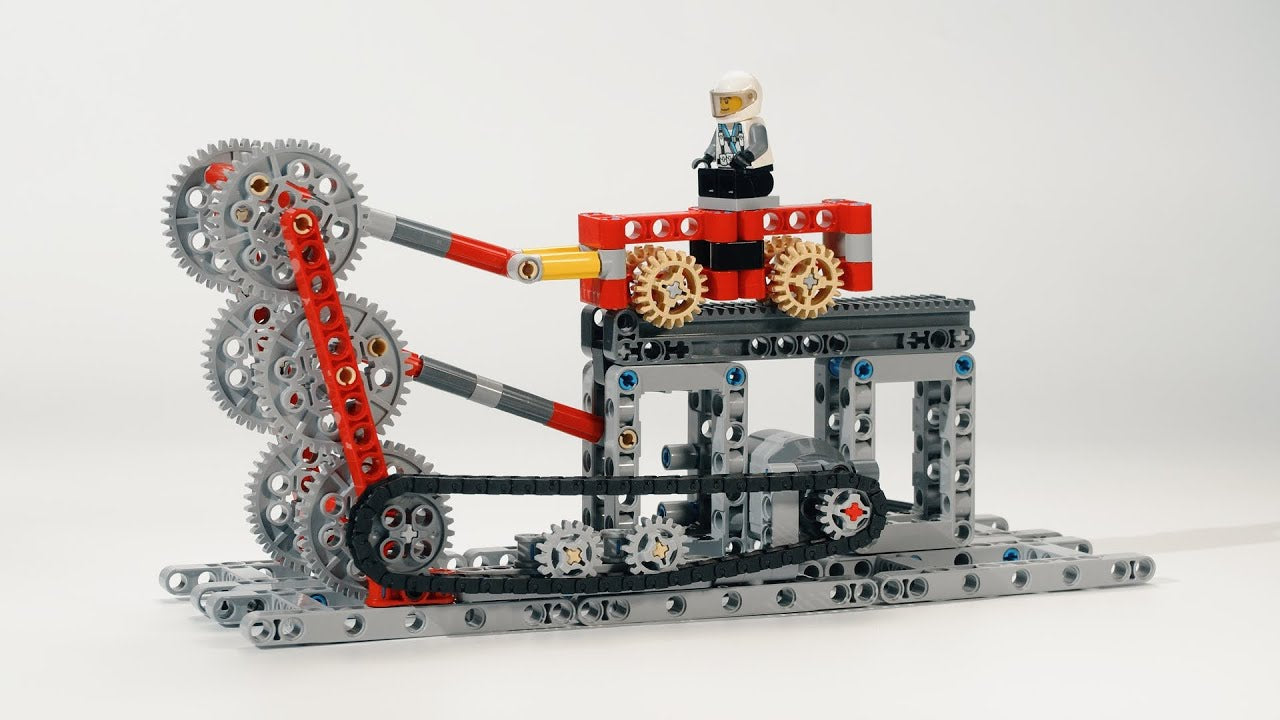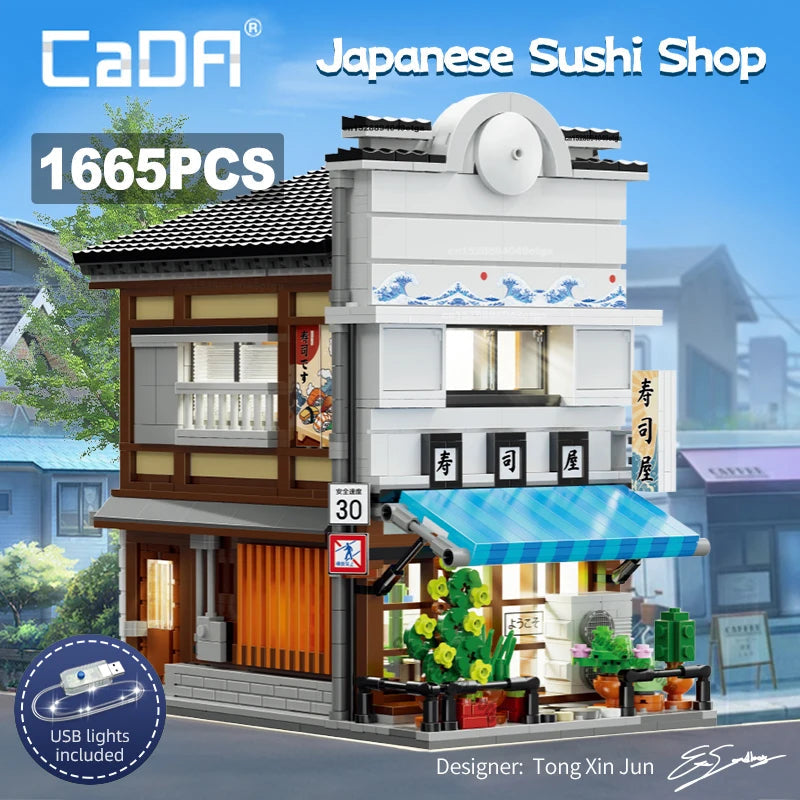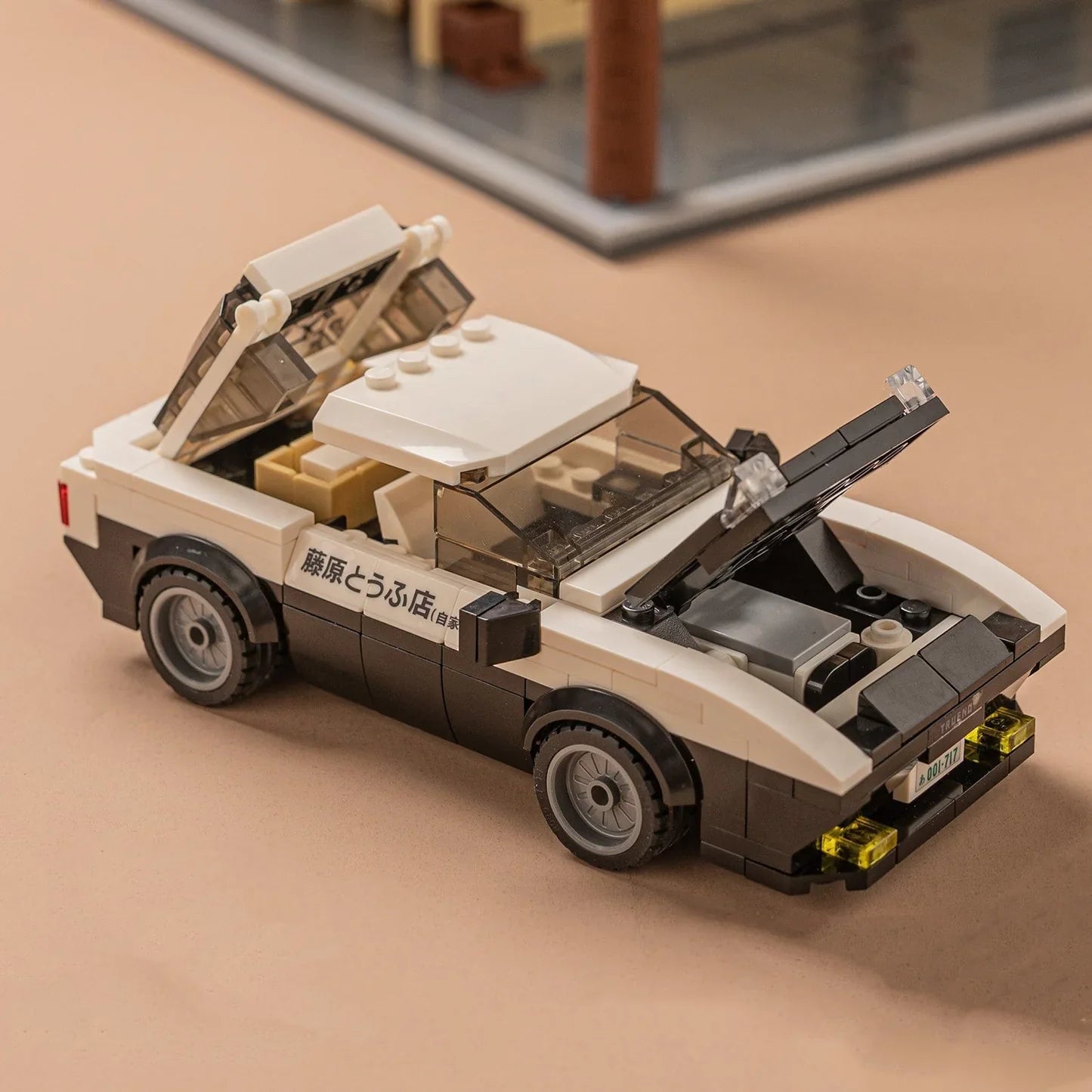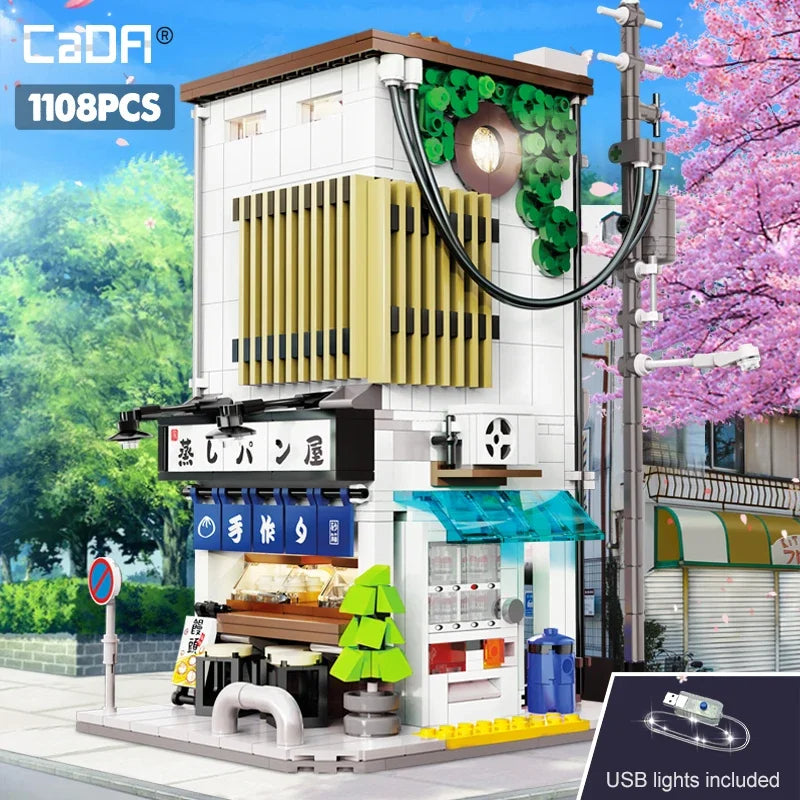Why Are LEGO People Yellow 2025

Share
As a longtime LEGO enthusiast and careful observer of toy history, I have often been fascinated by the iconic yellow color of LEGO minifigures—those small plastic characters who have been part of childhoods worldwide since the late 1970s. Why yellow? It’s a question that goes beyond mere aesthetics or manufacturing convenience. The choice of yellow is a deliberate, thoughtful decision rooted in LEGO’s unique approach to play, inclusivity, and storytelling. Over decades, this vibrant yellow has become synonymous with LEGO’s brand identity, fostering universal appeal and imaginative engagement for children across cultures.
In this comprehensive, authoritative guide, I will explore why LEGO minifigures are yellow, tracing the historical origins, the philosophy behind the color choice, and the evolving meanings and exceptions to this rule over time. With insights from LEGO’s own explanations, expert analysis, and cultural context, this article offers a deep, well-grounded understanding of a question often asked but rarely answered with such precision. Whether you’re a collector, parent, or simply curious about LEGO’s design legacy, you’ll discover why that bright yellow figure is much more than just a toy—it’s a symbol of universality, neutrality, and joyful creativity.
CADA BRICKS® Best Sellers - SHOP NOW
The Historical Origin of the Yellow LEGO Minifigure
Introduction of the Minifigure in 1978
LEGO introduced its first official minifigures in 1978 as a revolutionary development in the toy industry. The minifigure quickly became a beloved staple, enabling richer storytelling and roleplay within LEGO sets. At this formative moment, LEGO made a conscious choice to give these figures yellow heads and hands, deliberately avoiding realistic skin tones.
The Goal: Racial Neutrality and Inclusivity
According to LEGO’s original vision and confirmed by official sources, the yellow color was chosen to represent no particular ethnicity or race. This choice aimed to create a universally relatable figure, one that any child around the world could see as “themselves” or anyone they wanted to imagine. Yellow, being a color not naturally found in human skin tones, was neutral and non-specific, thus intentionally avoiding racial representation biases.
This decision was made during the 1970s, a period when global awareness about diversity and inclusivity was growing. LEGO wanted their minifigures to be friendly and accessible role models, emphasizing play over realism or social categorization.
CADA BRICKS® Supercars - SHOP NOW
CADA BRICKS® Best Sellers | CADA BRICKS® Supercars & Racing Cars | CADA BRICKS® Trucks & Construction | CADA BRICKS® Military & Weapons | CADA BRICKS® Initial D
Why Yellow? The Symbolism and Practicality Behind the Color
Yellow as a Neutral and Bright Color
Beyond neutrality in race, yellow also has attributes that make it ideal for toys:
- Visibility and Brightness: Yellow is a bright, cheerful color that stands out against LEGO bricks, enhancing playfulness and visual appeal.
- Simplicity: The solid yellow used historically gives a clean base for adding printed details like outfits and faces without distraction.
- Distinctiveness: Yellow figures are instantly recognizable, helping LEGO minifigures stand apart from competitors and fostering brand identity.
Psychological and Cultural Associations
Yellow is often associated with warmth, happiness, and energy. Using yellow as the minifigure skin tone subtly reinforces a playful, optimistic tone. This can encourage emotional connection from children worldwide, transcending cultural differences.
CADA BRICKS® City Landmarks - SHOP NOW
CADA BRICKS® Licensed Cars | CADA BRICKS® Classic Cars | CADA BRICKS® Motorcycles & Bikes | CADA BRICKS® Off-Road & 4x4 | CADA BRICKS® Emergency Vehicles
The Evolution: Introducing Realistic Skin Tones in Licensed Themes
License-Based Exceptions Starting in the 2000s
While the classic LEGO minifigure remained yellow for over 25 years, the company began introducing minifigures with diverse, realistic skin tones around 2004. This shift mostly pertains to licensed themes like Star Wars, Harry Potter, and Marvel superheroes where character authenticity is important.
For example, characters like Lando Calrissian and Black Panther feature skin colors matching their on-screen appearances. This evolution acknowledges cultural diversity explicitly without abandoning the yellow foundation for original LEGO characters.
Maintaining Yellow for Generic Figures
Despite these exceptions, LEGO continues to use yellow for most in-house and non-licensed themes such as City, Friends, and Ninjago. This balance preserves the original design philosophy while embracing more inclusive representation where appropriate.
CADA BRICKS® Technic Sets - SHOP NOW
CADA BRICKS® Japanese Street | CADA BRICKS® City & Landmark | CADA BRICKS® Science & Educational | CADA BRICKS® Technic | CADA BRICKS® Modern Architecture
The Role of Yellow in User Imagination and Play
One of LEGO’s greatest insights is that the yellow minifigure functions as a blank canvas for imagination. The neutral color allows children to assign identity, personality, and backstory freely. It sidesteps real-world racial or cultural associations and invites universal role-playing opportunities.
By staying agnostic to ethnicity, LEGO minifigures empower kids everywhere to:
- Imagine themselves in any role and adventure.
- Play cooperatively without cultural barriers.
- Develop creative narratives unrestricted by fixed realities.
This imaginative freedom has been a fundamental driver of LEGO’s global appeal.
Technical and Manufacturing Aspects
Yellow and the Printing Process
Besides design philosophy, yellow was also a practical choice in early manufacturing. The yellow plastic helped printing machines easily detect where to print faces and torso details, ensuring sharp, vivid results on the figures.
Consistency in Quality and Color Matching
Using a consistent yellow plastic color also helped streamline production and inventory management, keeping minifigure parts interchangeable and cohesive.
CADA BRICKS® Display & Collectibles - SHOP NOW
CADA BRICKS® Castle Building Blocks | CADA BRICKS® City Building | CADA BRICKS® Remote Control | CADA BRICKS® Display & Collectibles | CADA BRICKS® Anime & Pop Culture
How LEGO’s Yellow Minifigure Philosophy Continues Today
Balancing Legacy and Modern Demand
LEGO cherishes its yellow minifigure tradition while adapting to the modern world. The original yellow skin tone remains a beloved hallmark for general minifigures, preserving decades of nostalgia.
Meanwhile, LEGO actively supplements its roster with multicultural, ethnically accurate minifigures for licensed sets and dedicated themes, reflecting contemporary values on diversity.
Encouraging Community and Representation
LEGO’s strategy recognizes the nuanced needs of a global, inclusive fan base without compromising creativity or universality. To this day, yellow minifigures remain a symbol of friendly neutrality, while the broader palette embraces all skin tones.
CADA BRICKS® Remote Control Sets - SHOP NOW
CADA BRICKS® Mechanical Engineering Building Blocks | CADA BRICKS® Kids Building Blocks | CADA BRICKS® Teens Building Blocks | CADA BRICKS® Adult Building Blocks
Conclusion: The Deep Meaning Behind the Yellow LEGO Minifigure
The question of why LEGO people are yellow reveals far more than a simple design choice. It is a thoughtful decision grounded in principles of racial neutrality, inclusivity, and universal playability. This bright yellow tone acts as a blank canvas for imagination, bypassing real-world distinctions and inviting children around the globe to see themselves in their LEGO worlds.
By tracing this legacy from the 1970s through today, we understand how LEGO’s yellow minifigure embodies a joyful, hopeful vision of play without boundaries—a vision that has helped LEGO become a universal playground of creativity and friendship.
Even as LEGO expands to include diverse skin tones for licensed characters, the classic yellow figure endures as a beloved icon—bright, approachable, and free from social constraints, ready to spark the imagination of builders everywhere.
This authoritative exploration affirms that the yellow LEGO minifigure is not just a quirky plastic color. It is a carefully chosen symbol of equality, creativity, and the limitless potential of play.









